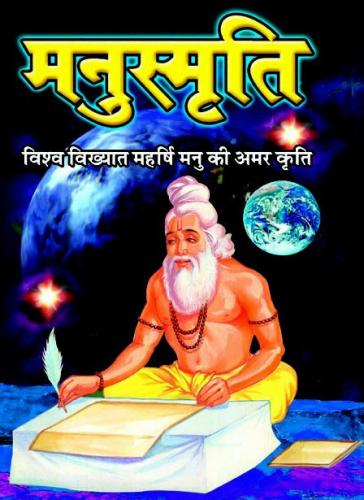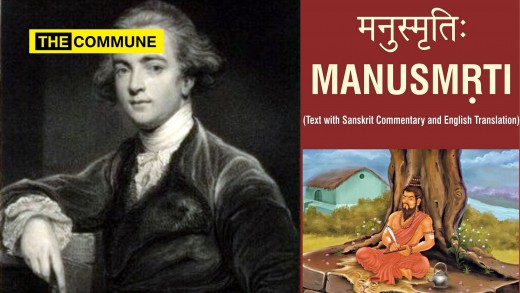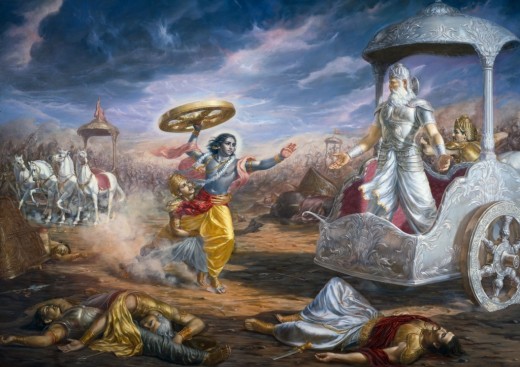Hindu Law, Jurisprudence and Non-Recognition of Rape as an Offence

Introduction
The first ever reference to rape in India was in the 1860 Penal code framed by the British when they ruled India. It is hard to understand that for 5000 years before this monumental enactment there was no recognition of rape in Hindu Law. The British deserve credit as the first governing authority that recognised rape as a crime. Hindu jurisprudence had no definition of rape and generally was silent on matters of abduction as well. In fact marriage and forcible sex by abduction was recognised as a legitimate right of a man.
The British incorporated two sections in the Indian Penal Code(IPC) namely 376 and 377 which defined rape as forcible intercourse against the will of a woman. An act of sex with a girl with her consent if she was below 16 was also recognised as an act of rape and punishable accordingly.
Hindu law emanates from the laws of Manu, which are available in the Manusmriti, a bible of Hindu law. The Manusmriti is the first constitution of mankind. This code was created by Maharshi Manu.
Manu was the son of Prajapati (another name of Brahma) and Shatrupa (another name of Saraswati). God created Ananti as the wife of Manu. These two are said to be the parents of this world according to Hindu Mythology. This book with its laws existed for 5000 yera and was allowed to lapse after the British enacted the Indian Penal Code and Evidence act in 1860. It was brought into effect from 1861.
A lot of credit should go to Sir William Jones(1746-94) who studied ancient Hindu scriptures and brought the Manusmriti to light. Though the Manu Smriti does not talk of rape, but as pointed out by Sir WilliamJones, it has a lot of other monumental and philosophical undertones.

Hindu law and Sharia
From the 10th century, Muslim rule commenced in India which lasted till the rise of British power in 1757 after General Robert Clive defeated the Nawab of Oudh at the Battle of Plassey.. The law governing Muslim jurisprudence was the Sharia, which was not applicable to Hindus. But even the Sharia was so framed that rape was more a rule than an exception as the sharia law of evidence was so framed that for a woman to prove a rape was well nigh impossible. This was based on the peculiar law of evidence as initiated in the area where they were requirement of four witnesses for a crime and a woman's evidence was half of a man. In addition, the complainant could not give evidence all this resulted in an eye wash, and there is no record of anybody having ever been punished for rape under the sharia.
In contrast Hindu law never recognised rape but the guiding principle was the concept of “dharma”, meaning the path of reason guided by religion. Thus many warriors married the woman they had abducted. This is eloquently brought out in the Mahabharata.

The Manusmirti
Hindu law was basically based on the laws enunciated by Manu in his Manusmiriti. This is a religious book that lays down the rules and conduct of everyday life for Hindus. The Manusmiriti does not recognise rape. The Manusmiriti consists of 2684 verses divided into 12 chapters, but any mention of rape is conspicuously absent.
The Manusmiriti was first translated into English by Sir William Jones in 1794. He was the first man who studied the Manusmiriti and he rightly concluded that these were the legal laws of the Hindu system of government and daily life. William Jones brings out one very interesting fact that though rape is not mentioned in the Manusmriti yet in practice, it was not condoned, and there are many cases in Hindu history where in the men who had abducted woman had to marry marry them. This was because of the concept of Dharma and goodness, which is the inherent theme of the Manu Smriti.
Last word
Despite there being no mention of rape this crime was prevalent in Hindu society. The judge was expected to deal all such cases within the purview of “Dharma”. This had varied interpretations and the judgments were often colored by caste and creed than any legal principles. Thus in case a King or Raja or a higher caste like a Brahman abducted a girl and raped her and then sent her away it was part of Dharma and no charges could be levelled against the offender. This concept of the king being omnipotent is nothing new and even in western society the king was thought to represent God. So William Jones, notes that the king was an exception, he was a man who dispensed justice and people under him who committed rape invariably had to marry the girl. Failure to do, this would have dire consequences for the man.
In the Mahabharata when the aging, but celibate warrior Bheeshma who had taken a vow of celibacy entered the arena for the swyamwar of the daughters of king Draupadi on behalf of his brother and defeated all the competitors and abducted the girls he was expected to marry them. He did not do it and later realised his mistake when one of the girls was born as a warrior and she resolved to kill him and he faced her in battle, and did not fire an arrow to defend himself. He believed in the concept of Dharma. Bheeshma died that day
Manu and his laws ruled Hindu Jurisprudence for almost 5000 years. The Manusmiriti laid down laws for castes, which were considered water tight compartments. All this only changed with the advent of the English and enactment of the India penal code of 1860.
© 2013 MG Singh



